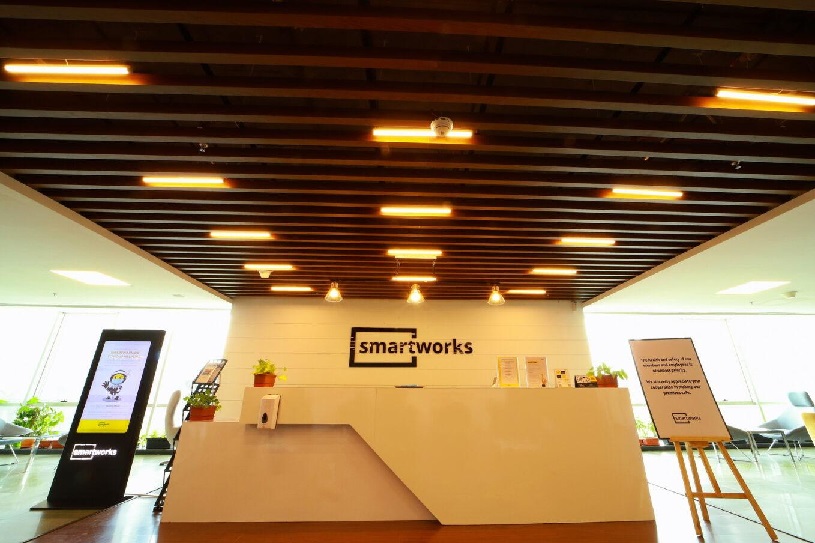In the whirlwind of today’s business world, businesses are on a relentless quest to elevate their productivity and efficiency. Guess what? The secret mantra to achieving these ambitious goals lies in the realm of managed office spaces. The days of traditional office setups with fixed cubicles and limited facilities are winding up with the evolution of flexible workspace solutions. Traditional offices long conquered the realm of offices, but things changed drastically in the post-pandemic period when pure-play managed players started to dominate the commercial real estate segment in India.
You must be wondering how this transition actually happened. Moving ahead, we will try, and explain why managed and flexible office spaces are better than traditional ones.
5 Reasons Why Businesses are Preferring Managed Offices over Traditional Offices!
Managed workspaces have everything that is difficult for a conventional operator to offer those amenities, facilities, and experience to their clients. There are multiple reasons that are captivating businesses to end their terms with traditional offices and lease fully functional managed workspaces.
- State-of-the-art Amenities
As compared to traditional offices, managed office spaces come with top-notch amenities that not only improve the brand image but also create an engaging environment for the employees. Pure-play managed space providers like Smartworks, and others have created a category in this unorganised commercial real estate market. Today, with players like them dominating the office space segment in India, employees have exposure to IoT-enabled meeting rooms, on-site creches, sports and gaming arenas, recreational zones, digital pantries, VR room facilities, grocery stores, and much more. - Expand with Ease
Well, the process of leasing or acquiring an office with conventional setups was way too complex. However, since this notable transformation, expanding a business model has become much easier and hassle-free. With managed workplace solutions, all you need to do is tell your requirements, pick the location, choose the amenities, and finalise the move-in date. Focus on your core business and leave the hassle of building, designing, and customising your offices on these managed space providers. - Networking Opportunities
Unlike traditional offices, managed workspaces are located in large campuses, CBDs, and premium business parks. Our shared office spaces in extensive campuses allow different companies and their employees to communicate and share ideas. On top of that, managed office space operators frequently organise gaming and sports fests, flea markets, and other events to further elevate the opportunities for networking and cross-collaboration. - Cost Consideration
Cost is a pivotal factor in this dynamic landscape of workspaces, particularly when comparing managed offices to traditional offices. Unlike traditional offices that demand significant upfront capital expenditure (CapEx) for facilities, furnishings, and infrastructure, managed workspaces offer a revolutionary approach. These modern workspaces operate on a flexible model, eliminating the need for substantial initial investments. Businesses opting for managed office spaces benefit from a cost-efficient structure that covers utilities, maintenance, amenities, and other facilities. This contrasts sharply with traditional offices where companies are burdened with the financial responsibility of property maintenance, equipment purchases, and the complexities of long-term leases. - Adaptability to New Ways of Working:
The rise of hub-and-spoke and hybrid work models has further underscored the advantages of managed workspaces. These flexible environments seamlessly adapt to hybrid work models, providing employees with the option to work from the office or remotely. Managed offices often offer technological solutions that support remote collaboration, ensuring that businesses can maintain productivity regardless of their team’s physical location. This adaptability aligns with the evolving nature of work and accommodates the preferences of a diverse workforce.
Conclusion
The eye-catching designs, top-notch amenities, tech-driven solutions, and other facilities in flexible office spaces are often crafted while keeping employee well-being in mind. Bright, modern, and collaborative spaces contribute to a positive work environment, fostering creativity and boosting employee satisfaction. Traditional offices, especially older ones, may lack the ergonomic designs and employee-centric features that are now considered essential for attracting and retaining top talent.

